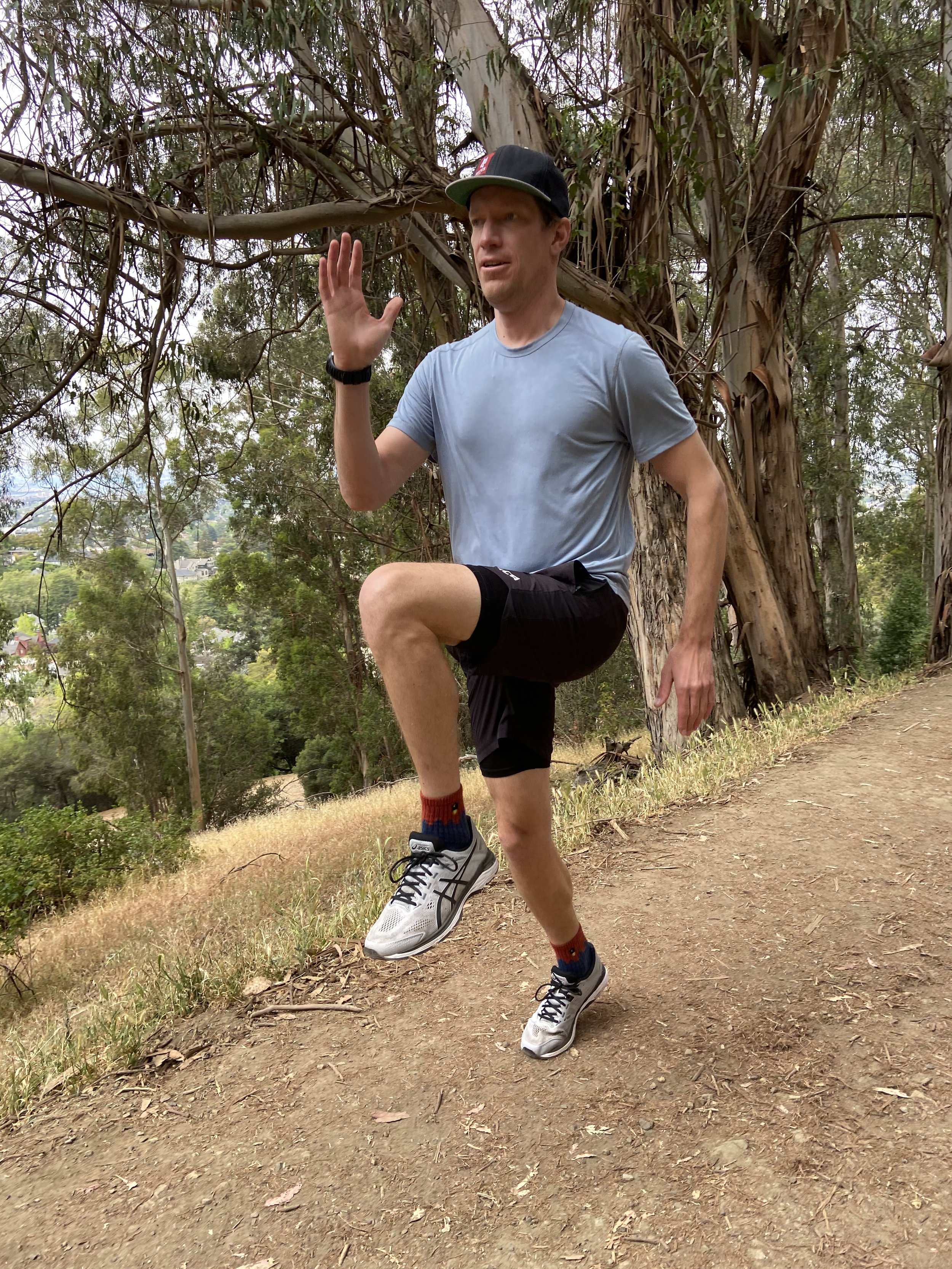Should I be Stretching?
At the risk of sounding like a Jerry Seinfeld bit, “What’s the deal with stretching?” There’s a lot of conflicting and confusing information about it. Whether we should do it and, if we do, when we should do it?
First, it’s important to identify different types of stretching. For the purpose of this column, I’m going to focus on the two primary categories of stretching: active and passive. These are more or less what they sound like. When we think of passive stretching, we typically imagine what is called static stretching. This is holding muscles in a stretch position for around 20-30 seconds. Think of reaching down to touch your toes and holding it. Active stretching is more well, active, and includes moving the limbs in a way to increase the range of motion (ROM). Leg swings in a warm up and some styles of yoga are good examples.
1. Passive Stretching. This is often what we thing about when we think of stretching: holding a stretch for 20-30 seconds to increase flexibility. In spite of lacking (mixed at best) evidence of the benefits of flexibility. A meta-analysis published in 2023 in Sports Medicine looked at over 40 studies of static stretching. Regular static stretching “induced moderate-to-large enhancements” (Arntz et al. 2023) in flexibility. That is great, but what does mean for runners and other athletes? Well, it becomes significantly less clear what that flexibility gives us. “The main findings of this meta-analysis indicate that chronic SS exercises resulted in trivial-to-small improvements in muscle strength and power” (Arntz et al. 2023). With inactive, older, individuals there seems to be stronger evidence of the benefit of static stretching but it’s still not convincing. This type of stretching should be performed once your body temp is already up, i.e. after a warm up or run.
2. Active Stretching. This serves a very different purpose than static stretching and is often incorporated into warm up routines. It can also be incorporated into an entirely separate session to focus on increasing mobility (flexibility and strength combined). Static-active stretching is often what we are doing in flowing yoga classes. Activating our primary muscles to lengthen the antagonist, or opposite, muscle. These stretches are typically held for about 10 seconds. Dynamic stretching uses relatively consistent movement to the ends of our range of motion to increase ROM. Think arm and leg swings or rotational variations. (Important note: this is not bouncing to increase the stretch, that is widely shown to have a negative impact.) The evidence for this type of stretching is much stronger. Research has been done to look at the impact of dynamic stretching in the warm up. A meta-analysis published in 2023 in a sports science journal looked at the impact on performance of dynamic stretching in the warm up on jump and sprint tests (Li et al. 2023). The analysis conducted found that incorporating dynamic stretching into a warm up lead to a significant improvement in both jump height and sprint speed (Li et al. 2023). While further research is needed to see the impact on longer distances, this is encouraging as a way to activate our muscles for performance.
So, how does this apply to you as a runner? Start incorporating some active stretches into your pre-run warm up. It’s a great way to increase your core temp and prime your legs to run, both key factors in an effective warm up. A simple way to do this in a warm up is some stretches where you only hold the stretch for 1-3 seconds before releasing. A quad stretch, a knee hug to the chest, an inverted hamstring stretch, etc.
As for static stretching? The evidence seems to indicate we can take it or leave it. In her book Good to Go, Christie Aschwanden writes, “Stretching is another practice that’s so ingrained that people rarely question it’s benefits. It’s an excellent placebo because it’s ritualized, it provides, a sense of agency, and it feels like something’s happening. … Too bad the reviews of the scientific literature on stretching have deemed [it] all but useless for recovery.” (Aschwanden 2019). In short, if you like stretching after your run, go for it. If you don’t, there’s probably little harm to recovery. In addition, flexibility is probably overrated for runners. Alex Hutchinson writes in his Sweat Science column, “if you’re a runner, on the other hand, you’re highly unlikely to sustain an injury that has any connection to your inability to touch your toes. In fact, there’s some evidence that greater flexibility makes you a less efficient runner.” (Hutchinson 2022)
Martin Benes is an endurance coach/enthusiast and certified personal trainer. Have questions you want answered by a coach? Reach out to Martin at coach@mvbcoaching.com.
Citations/Further Reading:
Arntz et al. “Chronic Effects of Static Stretching Exercises on Muscle Strength and Power in Healthy Individuals Across the Lifespan: A Systematic Review with Multi-level Meta-analysis” Sports Medicine. 2023. Available at:
https://www.ncbi.nlm.nih.gov/pmc/articles/PMC9935669/pdf/40279_2022_Article_1806.pdf
F.Y. Li et al. “A systematic review and net meta-analysis of the effects of different warm-up methods on the acute effects of lower limb explosive strength” BMC Sports Science, Medicine, and Rehabilitation. 2023. Available at: https://bmcsportsscimedrehabil.biomedcentral.com/articles/10.1186/s13102-023-00703-6
Alex Hutchinson, “Sweat Science Column: The Case Against Stretching” Outside Online
Christie Aschwanden, Good to Go: What the Athlete in All of Us can learn from the strange science of recovery, 2019


